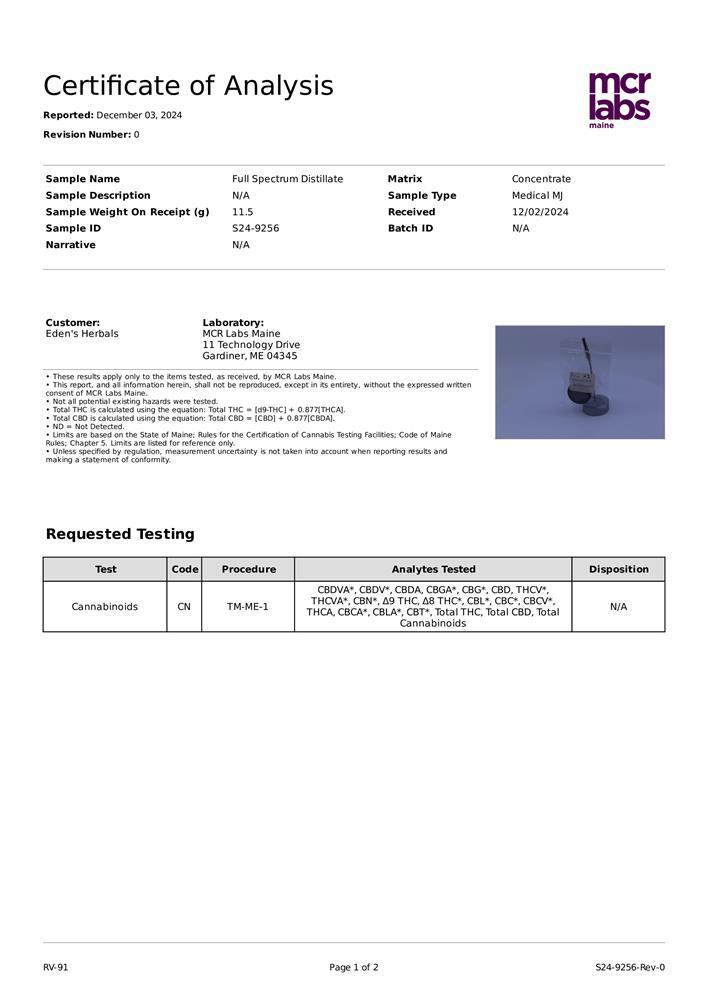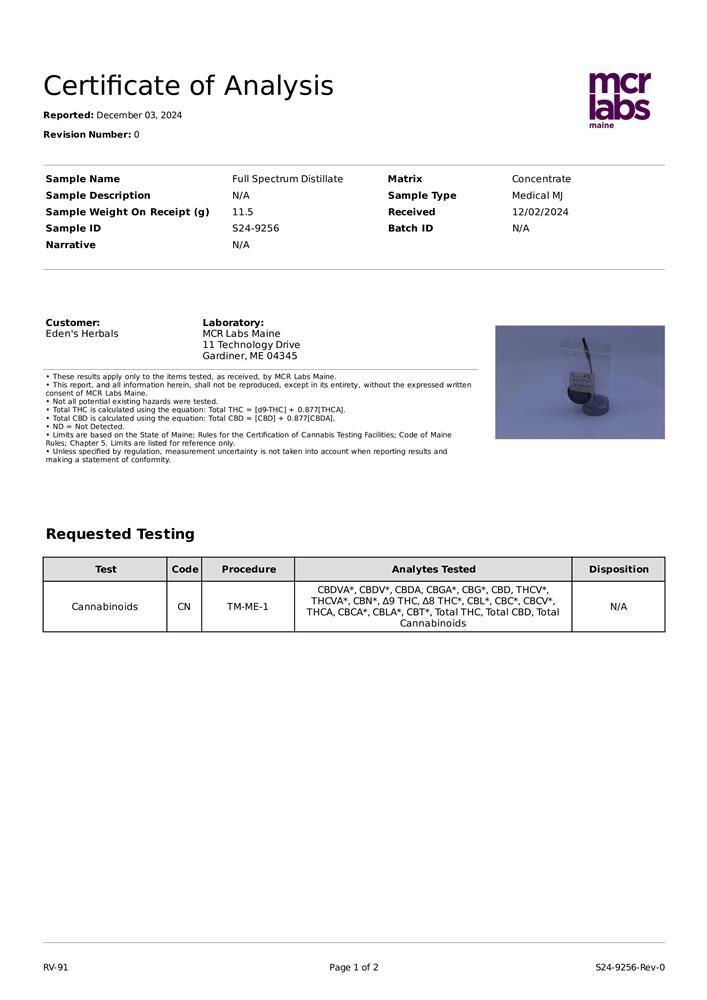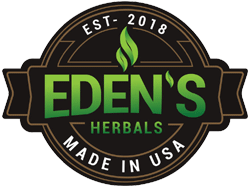Free Shipping Phone 855-657-6766
Menu
Full-Spectrum CBD Lab Report


Find Us
- 1364 Main St. Unit 18B Sanford, ME 04073
- [email protected]
- 855-657-6766
- 855-657-6766
Information
Newsletter
Subscribe and become part of the our community. Be the first to hear about our latest offers and discounts!
Newsletter
Wait...
Copyright © 2025 EdensHerbals. All rights reserved.
Powered by nopCommerce
FOOD AND DRUG ADMINISTRATION (FDA) DISCLOSURE
The statements made regarding these products have not been evaluated by the Food and Drug Administration.
The efficacy of these products has not been confirmed by FDA-approved research. These products are not intended to diagnose, treat, cure, or prevent any disease.


